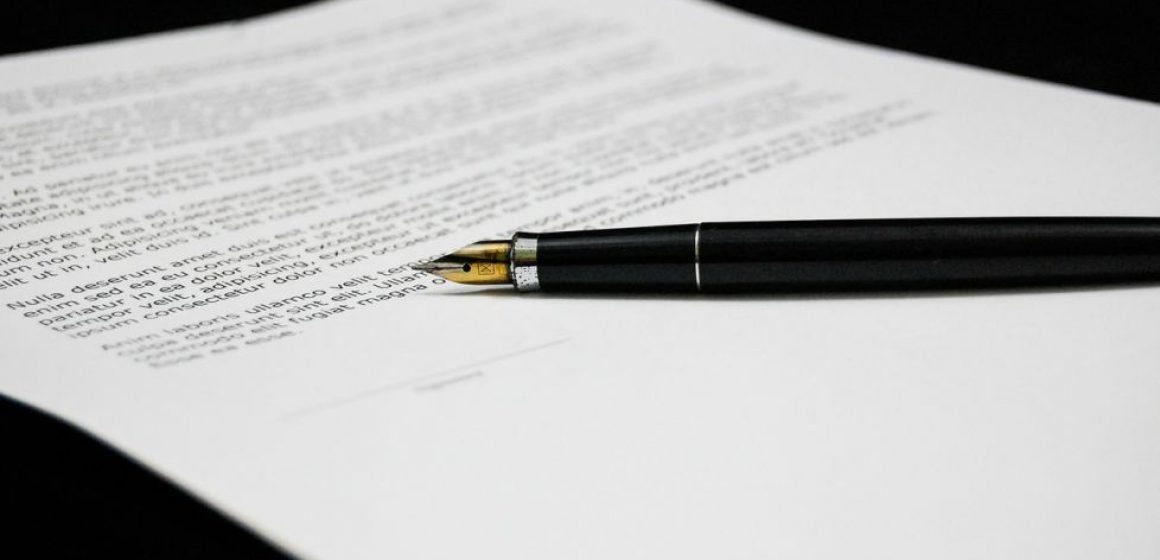PROCUREMENT PLANNING AND BID MANAGEMENT
-
- Setting procurement mission and objectives
- Selection of improvement initiatives
- Structure-related initiatives
- Systems-related initiatives
- Workstreams-related initiatives
- Culture-related initiatives
- Performance measures and targets
- Communication of procurement plan
- Stakeholder engagement
-
-
- Spend category profiling
- Spend impact analysis
- Financial impact
- Vendor segmentation
- Market risk analysis
- Value chain analysis
- SWOT analysis
- Porter’s five forces
- Risk heat maps
- Vendor risk scores
- Category report consolidation
-
-
- The soft side of forecasting
- Tetlock’s foxes and hedgehogs
- Taleb’s black swan
- Principles of demand planning
- Quantitative forecasting techniques
- Qualitative forecasting techniques
- The soft side of forecasting
-
-
- Vendor prequalification process
- Vendor prequalification criteria
- Legal criteria
- Financial criteria
- Technical criteria
- Staff criteria
- HSE criteria
- Service Level Agreements (SLAs)
- Strategic partnering
- Supplier diversity programs
-
-
- Bid management process
- Bid evaluation criteria
- Scoring systems and protocols
- Selection and award
- Total Cost of Ownership (TCO) for complex purchases
-










